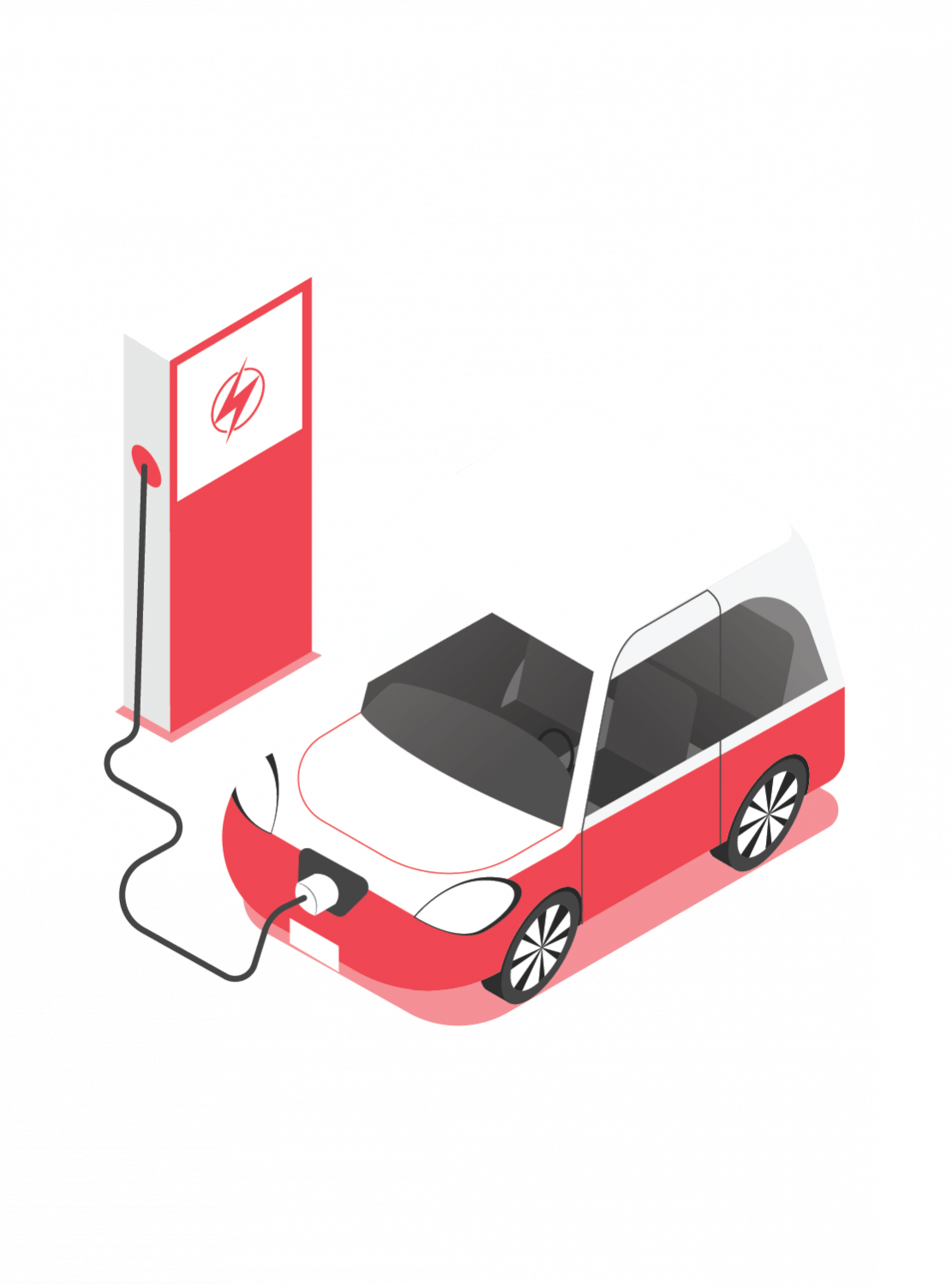The Underbelly of Electric Vehicles: Exploring Challenges and Solutions for a Sustainable Future
The rise of electric vehicles (EVs) has sparked excitement worldwide as we transition towards a cleaner and greener future of transportation. With their promise of zero tailpipe emissions and reduced environmental impact, EVs seem like the perfect solution to combatting climate change and reducing our dependence on fossil fuels. However, beneath the surface of this electrifying revolution lies the underbelly of challenges that must be addressed for a truly sustainable future.
1.Battery Production and Disposal
While EVs run on electricity, their heart lies in the lithium-ion batteries that power them. The production of these batteries requires significant natural resources and can have environmental consequences. Mining for minerals like lithium, cobalt, and nickel can lead to habitat destruction and ecological disruption. Moreover, proper battery disposal and recycling systems are essential to avoid the potential hazards of hazardous materials in the waste stream.
2.Charging Infrastructure
For EVs to become mainstream, a robust and accessible charging infrastructure is vital. Range anxiety, the fear of running out of charge without a nearby charging station, remains a concern for potential EV owners. Developing a comprehensive charging network that caters to the needs of urban areas, highways, and remote regions is a significant challenge.


3.Power Grid and Grid Load
As the number of EVs on the road increases, the demand for electricity will surge. This can put strain on the power grid, especially during peak charging times. Balancing the load and implementing smart charging solutions to optimize power consumption is critical to ensure a stable and efficient grid.
4.Affordability and Accessibility
While the cost of EVs is gradually decreasing, they can still be more expensive than traditional internal combustion engine vehicles. Ensuring that electric mobility is accessible to all segments of society, regardless of income, is crucial for widespread adoption.
5.Transitioning from Fossil Fuels:
Phasing out internal combustion engine vehicles and transitioning to electric mobility is a complex process that requires policy support, investment in infrastructure, and consumer incentives. Overcoming resistance to change and ensuring a smooth transition is essential.
6.Charging Speed and Range:
Though battery technology has improved, charging times are still relatively longer than refueling conventional vehicles. Expanding fast-charging capabilities and enhancing battery energy density are ongoing goals to increase EV adoption.


7.Lifecycle Assessment
To truly understand the environmental impact of EVs, a comprehensive lifecycle assessment is essential. This includes evaluating the environmental footprint of manufacturing, driving, and eventually recycling or disposing of EVs.
8.Addressing the challenges
Despite these challenges, the underbelly of EVs presents opportunities for innovation, collaboration, and progress. Governments, industries, and communities must work together to overcome these hurdles and foster a sustainable and inclusive EV ecosystem.
Investments in research and development can lead to breakthroughs in battery technology, making EVs more efficient and sustainable. Governments can incentivize EV adoption through tax credits, subsidies, and favorable regulations. Collaboration between automobile manufacturers, energy providers, and technology companies is key to building a robust charging infrastructure that caters to diverse needs.
Recycling initiatives and responsible waste management are essential for the circular economy of EV batteries. By repurposing and reusing battery materials, we can reduce the environmental impact of their production and disposal.
Education and awareness campaigns play a vital role in dispelling myths and misconceptions about EVs. Encouraging consumer confidence and dispelling range anxiety can accelerate EV adoption.
In conclusion, understanding and addressing the underbelly of electric vehicles is crucial for achieving a truly sustainable transportation future. While challenges exist, they present opportunities for growth and progress toward a cleaner, greener, and more equitable mobility landscape. Together, let us drive forward toward a future where electric vehicles are at the heart of a sustainable and thriving transportation ecosystem.




